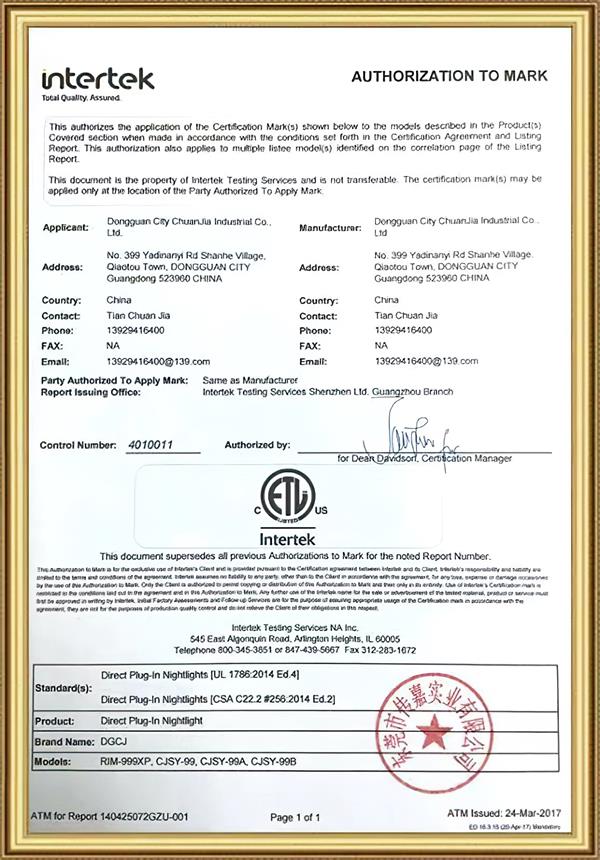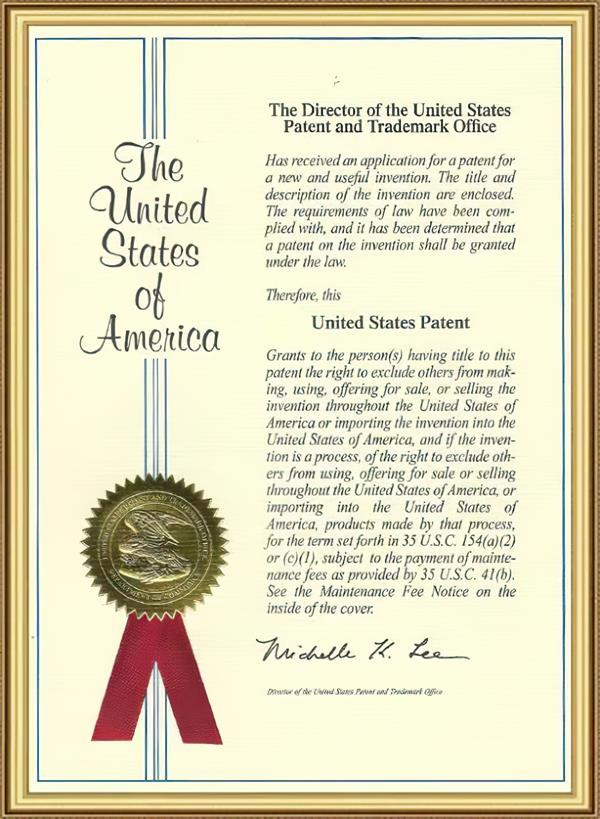The nightlight plug typically consists of two or three prongs that fit into corresponding slots in an electrical outlet. In many countries, the standard plug configuration for nightlights is a two-pronged design, where one prong is wider than the other. This design ensures proper alignment and prevents the nightlight from being inserted upside down.The following are the applicable scenarios of the night light plug:
1. Nurseries or Baby Rooms: Nightlights are commonly used in nurseries or baby rooms to provide a soothing and comforting environment for infants and young children. They aid in nighttime feeding, diaper changes, and provide a gentle light that helps parents navigate the room without disturbing the child's sleep.
2. Elderly or Aging-in-place Homes: Nightlights are beneficial in homes where elderly individuals or those with mobility issues live. They help prevent falls and offer a sense of security by illuminating pathways, stairs, and other potential hazards during the night.
3. Guest Rooms or Hotels: Nightlights are often provided in guest rooms or hotels to ensure a comfortable stay for guests. They help create a pleasant ambiance and assist guests in navigating unfamiliar surroundings at night.
4. Office Spaces: Nightlights can be used in office spaces where employees may work night shifts or require a dimly-lit environment during non-working hours. They provide a subtle source of light without causing excessive glare or disturbance.
It's important to note that the location of a nightlight will depend on individual needs and preferences. It's always recommended to follow the manufacturer's instructions and safety guidelines when installing and using a nightlight.

